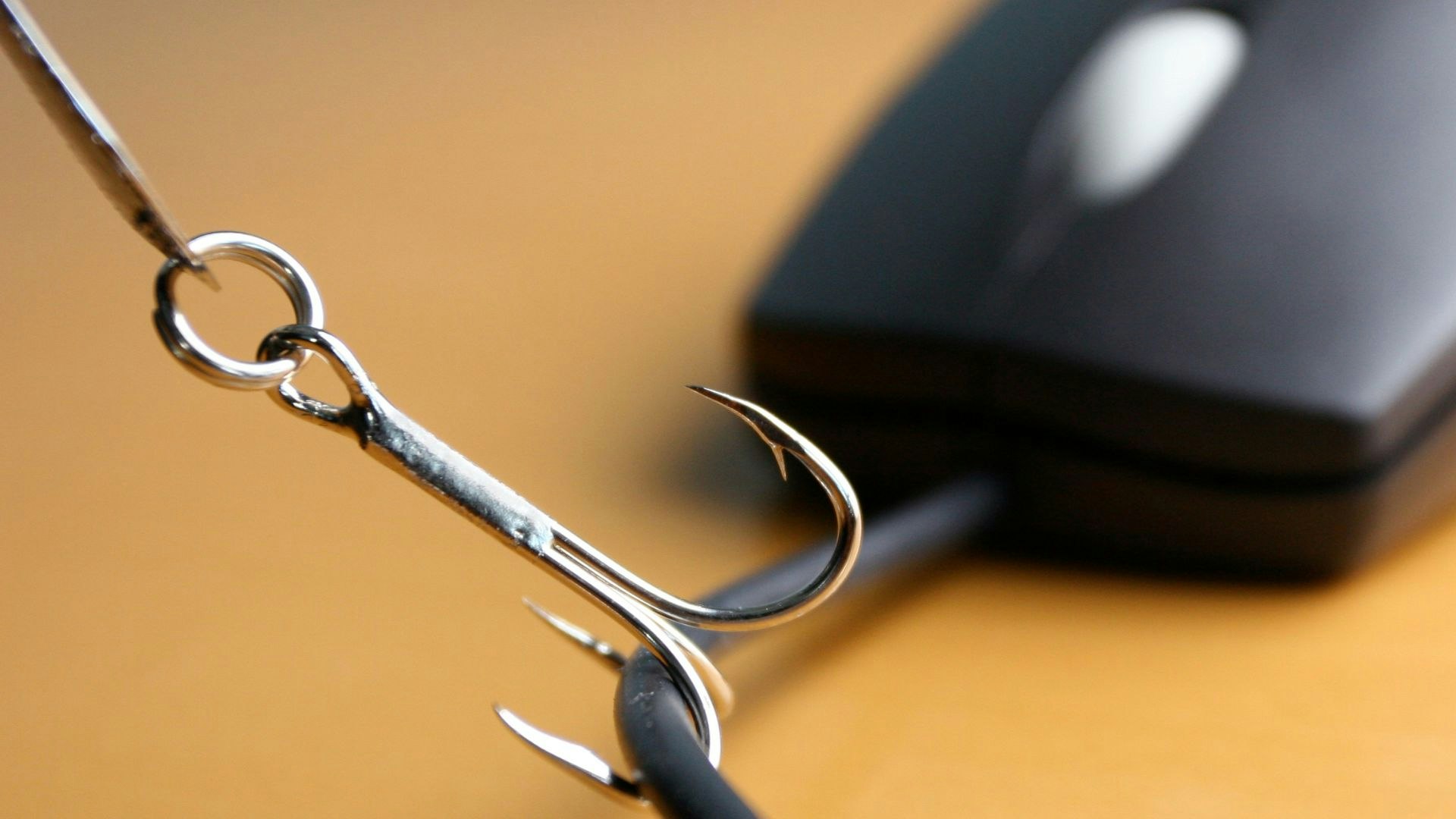Phishing attacks are no longer just crude attempts filled with typos and grainy logos. In 2025, cybercriminals are more sophisticated than ever, using AI-generated content, cloned websites, and even real-time conversation hijacking to trick unsuspecting users.
Despite the growing complexity of these threats, phishing emails still rely on human error. And the best defence is awareness.
Whether you're a business owner, an employee, or a decision-maker in your organisation, understanding how to spot a phishing email can save you from data breaches, financial loss, and serious reputational damage.
Here are seven key ways to identify phishing emails in 2025, even when they appear deceptively genuine.
1. Scrutinise the Sender’s Email Address
Phishers have mastered the art of impersonation. That includes crafting email addresses that look almost identical to legitimate ones.
In 2025, many phishing emails use display names that seem trustworthy, such as "Microsoft Support" or "Accounts Payable". But look deeper.
What to check:
- Does the domain look legitimate? For example:
- accounts@secure-microsoft-support.com is not the same as accounts@microsoft.com
- Watch for subtle swaps like ì instead of i, or .co instead of .com
- Use a trusted contact directory to compare the sender's address
If anything feels off, it probably is.
2. Be Wary of Urgent Language or Threats
Phishing emails thrive on panic. Whether it’s "Your account will be suspended" or "Final notice – payment overdue", urgency is a manipulation tactic.
In 2025, attackers often use AI to fine-tune these messages, making them feel personal and legitimate.
Common red flags:
- Pressure to act immediately
- Threats of legal action or financial penalties
- Emotional manipulation (e.g. "You’ve let your team down")
Pause. Breathe. Then verify the request through another channel, such as a phone call to the known contact.
3. Hover Over Links Before Clicking
Phishing emails often include links disguised as legitimate buttons or text. But behind the scenes, they lead to malicious websites.
What to do:
- Hover your cursor over any link to see the actual URL
- Check if the destination matches the brand or service
- Be cautious of long strings of numbers or unfamiliar domains
In 2025, many phishing sites replicate real login pages with precision. If you’re in doubt, type the official website address manually into your browser.
4. Unexpected Attachments Should Raise a Red Flag
Even in a business setting, be cautious of any attachment you weren't expecting. Many phishing emails in 2025 carry malware in formats like .zip, .exe, .iso, or even .pdf.
Always ask yourself:
- Were you expecting this file?
- Is it from a trusted contact?
- Does the email explain the contents clearly?
If you’re unsure, confirm with the sender using a separate communication method before opening anything.
5. Watch for Generic or Inconsistent Greetings
Many phishing emails begin with generic greetings like "Dear user", "Dear customer", or no greeting at all. Some might use your first name to appear authentic, especially if your information has been scraped from LinkedIn or social media.
Warning signs:
- Misspelled names
- Inconsistent tone (too formal or oddly casual)
- Replies to conversations that never happened
In 2025, attackers often use AI to generate realistic emails, but the context still tends to fall short. If it feels out of place, treat it with caution.
6. Poor Grammar and Strange Formatting
Despite advancements in language generation, many phishing emails still contain:
- Grammatical errors
- Random capitalisation
- Strange formatting
- Out-of-date logos or branding
Phishers may also mix UK and US spellings inconsistently. Legitimate companies usually have quality control over their communications. A poorly written email is a warning sign that something isn’t right.
7. Requests for Sensitive Information
No reputable organisation will ask you to provide passwords, PINs, or full bank details over email. Yet this remains one of the most common tactics used in phishing scams.
Examples to avoid:
- "Please confirm your login credentials"
- "Reply with your payroll details to avoid disruption"
- "We need your card number to process a refund"
In 2025, phishing emails may include company logos, fake signatures, and copied email threads to appear credible. Always verify sensitive requests via secure channels.
Bonus Tip: Use Multi-Factor Authentication and Email Filtering
Even with awareness, phishing emails can still slip through. That’s why prevention must go hand in hand with protection.
Enable multi-factor authentication (MFA) wherever possible, and make sure your business uses enterprise-grade email filtering to catch malicious content before it reaches your inbox.
Don’t Get Caught Off Guard – Let NetMonkeys Help
At NetMonkeys, we help UK businesses stay safe, secure, and informed in an evolving cyber landscape. From phishing awareness training to email filtering, endpoint protection, and 24/7 managed IT support, our experts take cybersecurity seriously.
If you’re unsure how protected your team really is, book a free security check with our engineers today. We’ll help you identify weak spots, strengthen your defences, and stop phishing emails in their tracks.
We can support your business with IT support.
Related posts
Visit blog
How Much Does IT Support Cost for a Small Business? A Complete Guide
IT support encompasses a range of services designed to maintain and optimise technology infrastructure. For small businesses, this can include network management, hardware and software troubleshooting, cybersecurity, cloud services, data backup, and user assistance

ERP Implementation Cost Guide: Key Considerations, Strategies, and Planning Insights
This article explores the main factors that influence ERP implementation expenses, hidden considerations, and strategies for maximising return on investment.

What is ERP Implementation Life Cycle? A Complete Guide
However, implementing an ERP system is not a one-time activity; it is a structured process known as the ERP implementation life cycle
